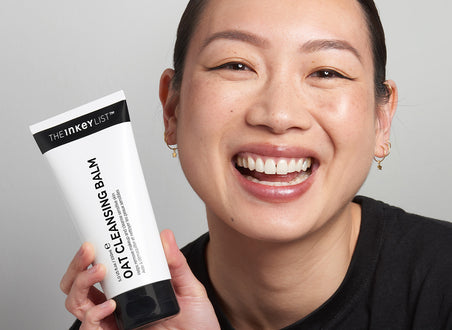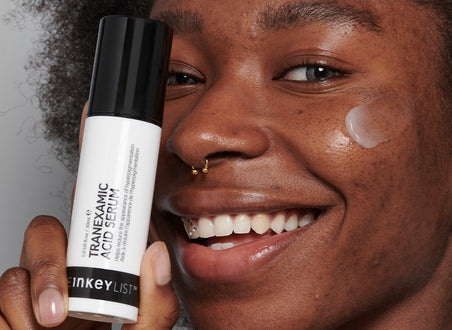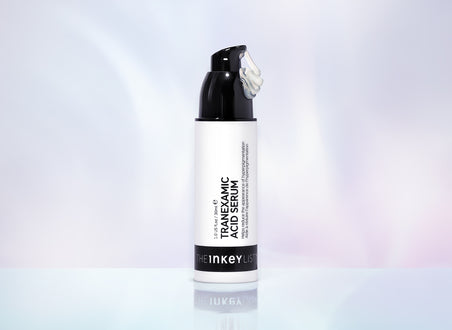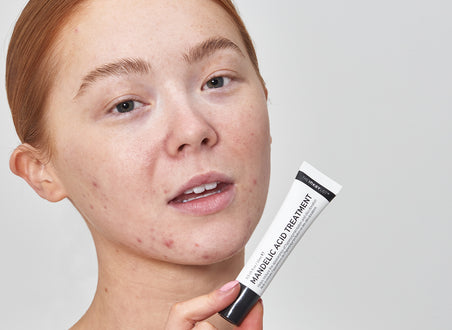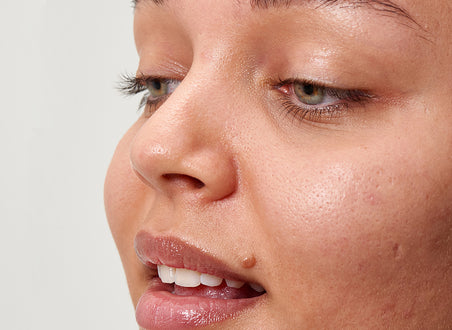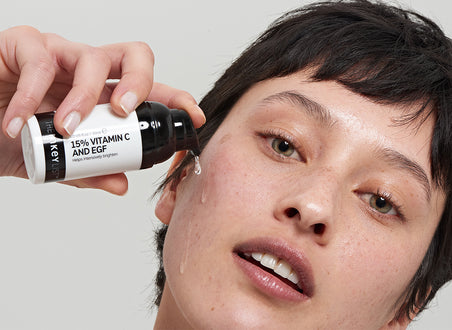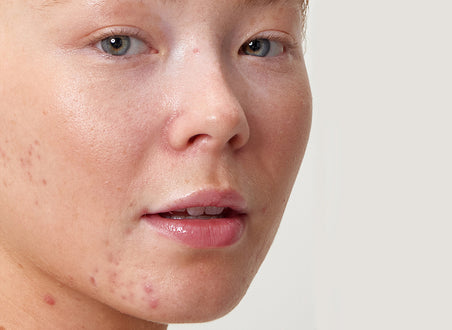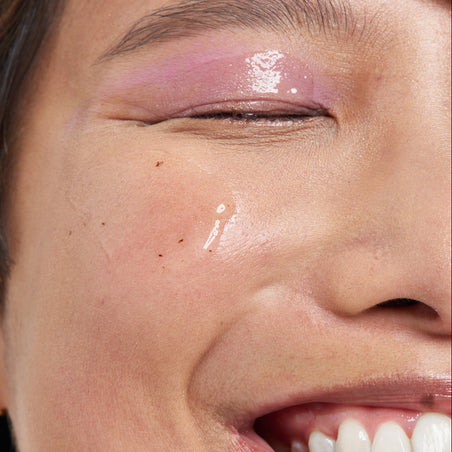Welcome to the INKEY Blog. Where we spread and share our skincare knowledge with you!
Selected filters:
If your skin feels rough, looks dull, or gets stuck in a cycle of congestion, glycolic acid could be the game-changing ingredient you’ve been missing. From refining texture and boosting radiance on the face (hello, Glycolic Acid Toner) to smoothing stubborn body concerns like rough elbows, bumpy arms, and keratosis pilaris (meet the Glycolic Acid Exfoliating Body Stick), this powerhouse AHA works by gently dissolving the bonds that hold dead skin cells in place—revealing fresher, brighter skin underneath. In this guide, we’ll break down exactly how glycolic acid works, the proven benefits you can expect, and how to use it safely and effectively so you can get real results without the guesswork.
This science-backed guide explains exactly how retinol improves acne scars, dark spots, and red marks — and how to use it safely for real, visible results. Learn the difference between PIH, PIE, and true acne scars, how retinol works at a cellular level, and how to choose the right INKEY retinol strength for your skin. With step-by-step routines, realistic timelines, and clinically proven solutions, this guide gives you everything you need to transform post-acne skin with confidence.
For some, emulating the glowing, radiant look can feel impossible, especially if you experience dryness, dullness, or blemishes. However, at the core of glowing skin is a good, comprehensive skincare routine built around effective cleansing, suitable treatments, and comforting nourishment.
Skin hyperpigmentation can appear in several different forms, and it can sometimes be difficult to know what has caused it and where it has come from. Read on to discover which type you may have, along with the best ingredients and products to target the condition.
Tranexamic Acid is our go to ingredient to treat pigmentation concerns - whether that’s uneven tone, melasma, post-inflammatory hyperpigmentation, dark/light patches or scarring from acne and breakouts. Find out more about the benefits of Tranexamic Acid, how to use it and what other products you can use alongside to reduce the appearance of hyperpigmentation and scarring.
Introducing your new hyperpigmentation hero - Mandelic Acid. A member of the Alpha Hydroxy Acid family, we’ve formulated this gentle treatment to target marks and scarring caused by breakouts as well as pigmentation concerns.
Whilst pigmentation in the skin is natural and what forms our glorious spectrum of skin tones, overproduction or underproduction can cause patches, spots and unevenness. Hyperpigmentation specifically is when too much Melanin is created as a result of scarring, inflammation, hormones, sun exposure or ageing. Learn how to reduce hyperpigmentation and the ingredients that are best suited to tackle this common skin concern.
Vitamin C has become one of the most popular ingredients in modern skincare, with a whole host of brilliant benefits and capabilities. But it can often be a slightly misunderstood ingredient, thanks to its several forms and certain stipulations that are important to follow when using it. Here, we lay out everything you need to know about using Vitamin C in your skincare, from how to choose the right one to the rules to abide by if you’re new to it.
There are a few reasons why acne scars occur. Firstly, not all acne will result in scarring and even if it does, there are plenty of treatments to reduce their appearance and help them disappear completely. Learn what can cause scarring, how to get rid of scarring and prevent the risk of them occurring.
Dull skin can be caused by many factors, one of which is not cleansing the skin properly. A buildup of dead cells can make the skin's surface rough, and cause skin to absorb light rather than reflect making skin look dull. Our NEW ingredient, Fulvic Acid is the perfect first step in your skincare regimen to achieve that bright, enviable glow!




